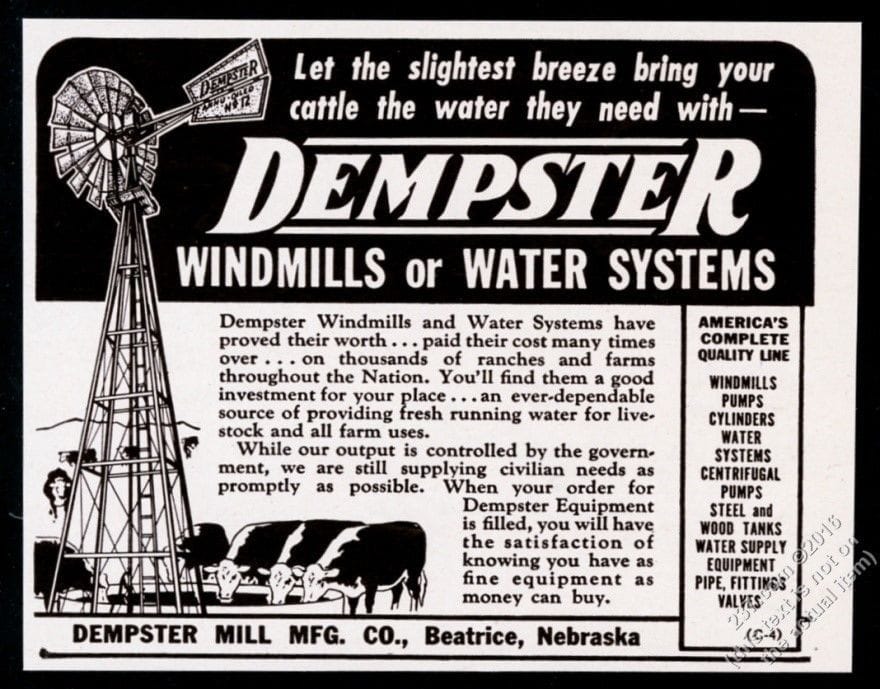ICYMI - here is a recap of the last issue:
Buffett Partnership, Limited
When our Berkshire Hathaway Journey began in 1962, Buffett became a full-fledged money manager. He started the partnership, Buffett Limited Partners, in 1957 when assets totaled $303,726, an account that had grown to $7,178,500 by 1962.
During these years of the partnership, Buffett never deviated from the principles of Ben Graham. “Everything he bought was extraordinarily cheap, cigar butts all, soggy stogies containing one free puff,”1 Graham called these investments cigar butts because they were cheap and unloved stocks that had been cast aside like the sticky, mashed stub of a stogie one might find on the sidewalk.2
However, Buffett was also starting to develop his investment style as he questioned what it meant to be a “conservative” investor.
"Conscious, perhaps overly conscious, of inflation, many people now feel that they are behaving in a conservative manner by buying blue-chip securities almost regardless of price-earnings ratios, dividend yields, etc. Without the benefit of hindsight as in the bond example, I feel this course of action is fraught with danger. There is nothing at all conservative, in my opinion, about speculating as to just how high a multiplier a greedy and capricious public will put on earnings.3
These formative years taught him the importance of taking a concentrated, outsized position that would have been considered too risky for the risk-averse Graham, who grew up during the Depression.
“You will be right, over the course of many transactions, if your hypotheses are correct, your facts are correct, and your reasoning is correct. True conservatism is only possible through knowledge and reason.4
Dempster Mill, the Once-Dumpster Fire
At this point, Buffett had already taken a controlled position (73%) in Dempster Mill, a formula he would use for Berkshire in the future. Dempster was primarily in farm implements (mostly items retailing for $1,000 or under), water systems, water well supplies, and jobbed plumbing lines. The partnership obtained control in 1961 at an average price of about $28 per share, having bought some stock as low as $16 in earlier years and the vast majority in an offer of $30.25 in August of 61. Buffett valued Dempster Mill at $35.25 on a book value per share basis in 1961
Initially, he worked with the old management toward more effective capital utilization, better operating margins, and reduction of overhead. These efforts were completely fruitless, and that’s when Buffett hired Harry Bottle to manage Dempster.
“Harry has accomplished one thing after another that has been labeled as impossible and has always taken the tough things first. Our breakeven point has been cut virtually in half, slow moving or dead merchandise has been sold or written off, marketing procedures have been revamped, and unprofitable facilities have been sold.”5
After Harry and Warren's subsequent changes, the book value per outstanding share was $51.2 in 1962.
Three facts stood out Buffett:
(1) Although net worth has been reduced somewhat by the housecleaning and writedowns ($550,000 was written out of inventory; fixed assets overall brought more than book value), Buffett had converted assets to cash at a rate far superior to that implied in our year-earlier valuation.
(2) Buffett converted the assets from the manufacturing business (which had been a poor business) to securities, which Buffett believed to be a better business.
(3) By buying assets at a bargain price, Buffett didn’t need to pull any rabbits out of a hat to get extremely good percentage gains. This was the cornerstone of his investment philosophy:
“Never count on making a good sale. Have the purchase price be so attractive that even a mediocre sale gives good results. The better sales will be the frosting on the cake.”
Keep reading with a 7-day free trial
Subscribe to Becoming Berkshire to keep reading this post and get 7 days of free access to the full post archives.








